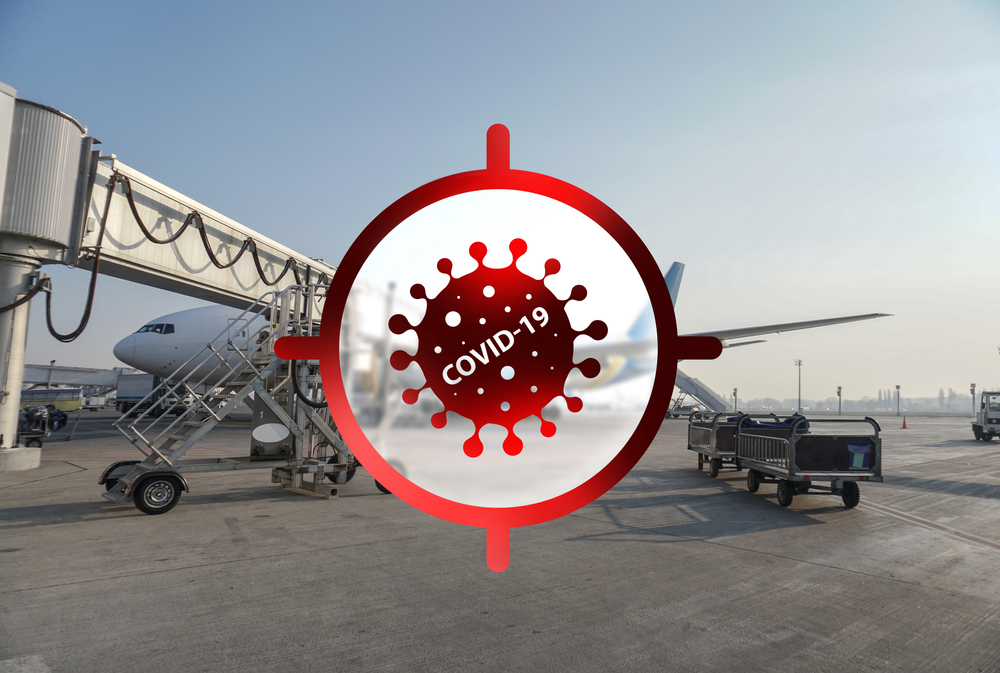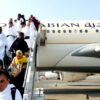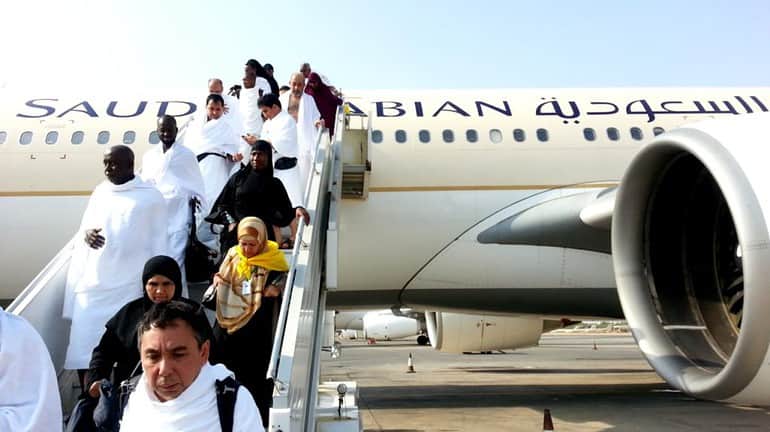
The third year of contending with the Coronavirus pandemic is almost around the corner for airlines. The challenges have remained unrelenting, from new strains to fluctuating government policy on travel restrictions and testing. Revenues and budgets have taken a severe hit due to the impact on customer trust and the airlines’ ability to plan and execute reliable schedules.
The year 2022 will not be like any other year in the past, yet there are reasons for cautious optimism.
To begin, despite significant gaps, tremendous progress has been made in obtaining high vaccination rates in many parts of the world. Some countries have achieved little progress.
The fact that “breakthrough” infections can occur in people who have been fully vaccinated shows that vaccines do not offer 100 percent protection. We’ve seen how the virus may change with the highly infectious Omicron variant. In a positive development, it appears that the majority of infections are now milder, with fewer hospitalisations and deaths.
Despite this, we cannot be complacent about the airline industry’s ability to recover and look forwards to a more robust northern summer.
As 2021 drew to a close, the industry was on the rise before Omicron reared its ugly head. The European short-haul leisure market showed some encouraging results for low-cost carriers earlier last year. By the end of the summer, the North Atlantic market had been opened to US citizens who had received the vaccine earlier, as well as Europeans who had received the vaccine in the summer.
Everyone was relieved when the government eased quarantine regulations and testing requirements until Omicron struck. All bets were off for the regular Christmas travel rush and the beginning of the critical booking season for summer 2022 as things began to head in the other direction.
Even though the rest of the northern hemisphere winter looked grim and several airlines have cancelled large swaths of flights, there is evidence that travellers are still keen to book up for the months ahead despite Omicron appearing to recede.
Some good news and some bad news for airlines serving other parts of the world. Although the Australian borders reopened in November of last year after a 20-month shutdown, the Omicron version immediately changed the landscape for both domestic and international traffic.
As a result of Expo 2020 starting a full year later than initially planned, Dubai has capitalised on the increased tourism that has followed. Almost half of Emirates’ 100+ Airbus A380s have been reactivated following the majority of its Boeing 777-300ER fleet for cargo efficiency.
Carriers in Asia continue to report international passenger volume at less than 5% of pre-Covid levels, making it the region’s most alarming vulnerability. Cathay Pacific, one of the worst-hit Asian airlines, has been the victim of both local political pressure and a mass exodus of pilots who are fed up with the lengthy quarantines they are subjected to on a daily basis. There is no sign that China will open its doors any time soon, and even in its backyard, the company sees the effects of localised lockdowns.
While the outlook for 2022 is far from positive, it’s encouraging to see several recent positive developments. Long-haul airlines are using the strong cargo capabilities of next-generation aircraft such as Airbus’ A350 and Boeing’s 787 to offer profitable capacity in the face of supply chain constraints for land and sea freight while also supporting development in e-commerce. This is anticipated to remain an important income source throughout 2022, and several airlines have successfully adapted to capitalise on it.
Airlines in Europe are capitalising on new markets and shifting their aircraft from off-limits markets to markets that have been neglected for a while and are seeing a significant increase in volume, markets such as Pakistan, which has a large VFR market, and the Maldives, which is entirely open without restrictions for vaccinated travellers.
The industry is also seeing an increase in a next-generation fuel-efficient two-engine large body and narrow-body long-range aircraft. These smaller capacity aircraft, which are substantially less expensive, enable airlines to offer services with significantly lesser risk. The significance of this improvement has been highlighted by two recent big orders for the A321-LR from Qantas and Air France KLM.
Qantas uses the Boeing 787 Dreamliner to take its second move into the ultra-long-haul market by beginning a nonstop Perth-Rome service in June this year, taking advantage of the range capability in the smaller wide-body class. This signifies a comeback to Italy, a market that Qantas has not serviced in 18 years and could not previously be served nonstop.
Even though the new variant is wreaking havoc, there are still many issues to deal with. Government policy consistency in terms of travel restrictions remains elusive throughout the world, and the sector must continue to push for improvement.
There is the contentious issue of airport slots and whether airlines should be required to use them in the face of reduced demand, perhaps operating ecologically damaging “ghost flights” or relinquishing them to new entrant airlines. It is by no means a simple matter; there are advantages and disadvantages on both sides of the debate.
Then, as airlines have raised liquidity or been bailed out by governments, the prospect of rising debts for many in the future years, and the capacity to sustain them, has become an increasingly urgent matter.
To summarise, as global economic activity grows, supply chain issues persist, gasoline costs have increased to their highest levels in over four years, and other inflationary pressures are gaining traction.
Let’s continue to exercise cautious optimism, and let’s hope that the Ukraine crisis does not escalate any further.
Source: Forbes Magazine



 share
share


















 Saudi Arabian Airlines (SAUDIA), the national flag carrier of Saudi Arabia, has announced its operational plans to transport pilgrims to the Kingdom ...
Saudi Arabian Airlines (SAUDIA), the national flag carrier of Saudi Arabia, has announced its operational plans to transport pilgrims to the Kingdom ... 


































